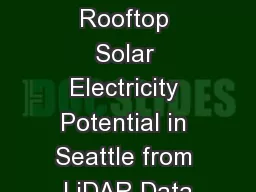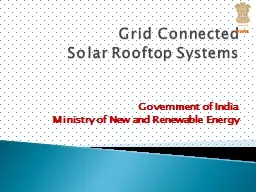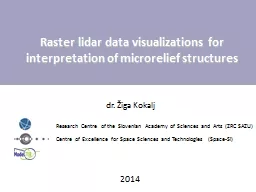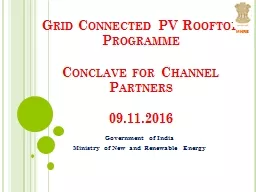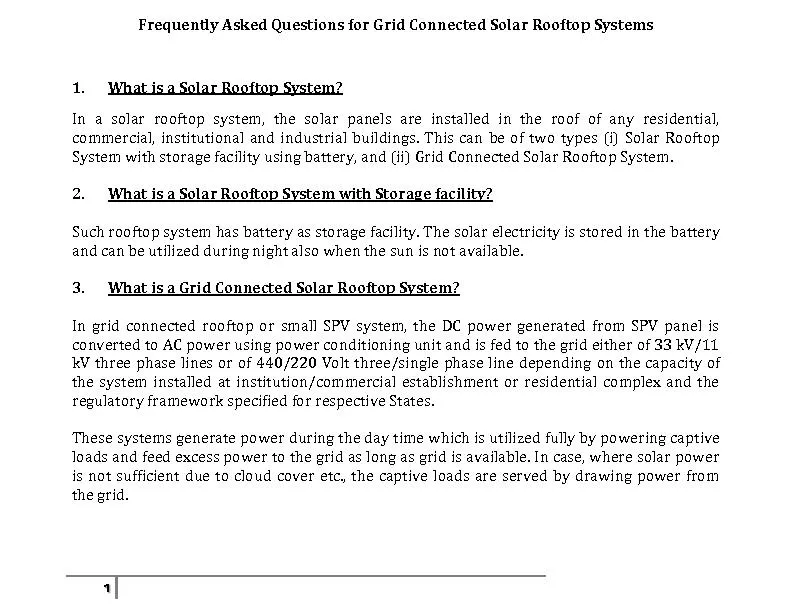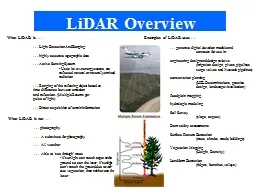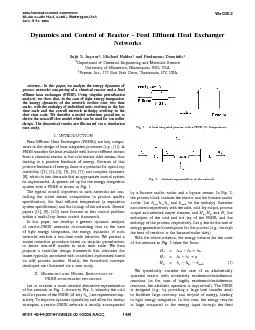PPT-Estimating Rooftop Solar Electricity Potential in Seattle from LiDAR Data
Author : pamella-moone | Published Date : 2018-10-25
Ryan M Liddell Faculty advisor Dr Joe Bishop Photo Copyright H Brothers Inc used by permission Interest in PV for Seattle Black amp Veatch Renewable Energy group
Presentation Embed Code
Download Presentation
Download Presentation The PPT/PDF document "Estimating Rooftop Solar Electricity Pot..." is the property of its rightful owner. Permission is granted to download and print the materials on this website for personal, non-commercial use only, and to display it on your personal computer provided you do not modify the materials and that you retain all copyright notices contained in the materials. By downloading content from our website, you accept the terms of this agreement.
Estimating Rooftop Solar Electricity Potential in Seattle from LiDAR Data: Transcript
Download Rules Of Document
"Estimating Rooftop Solar Electricity Potential in Seattle from LiDAR Data"The content belongs to its owner. You may download and print it for personal use, without modification, and keep all copyright notices. By downloading, you agree to these terms.
Related Documents

